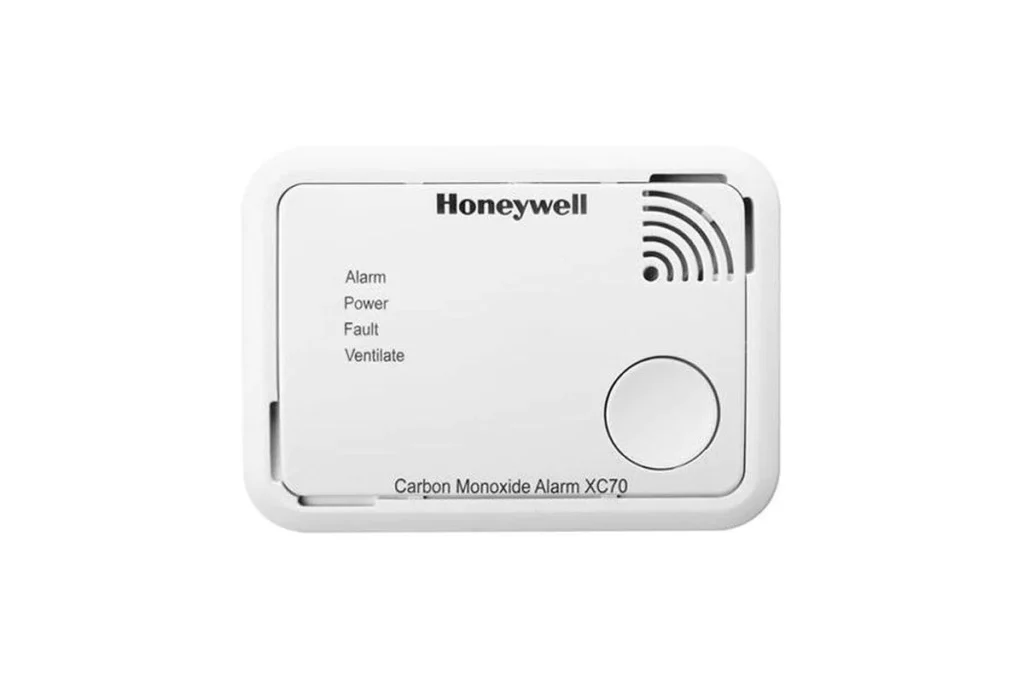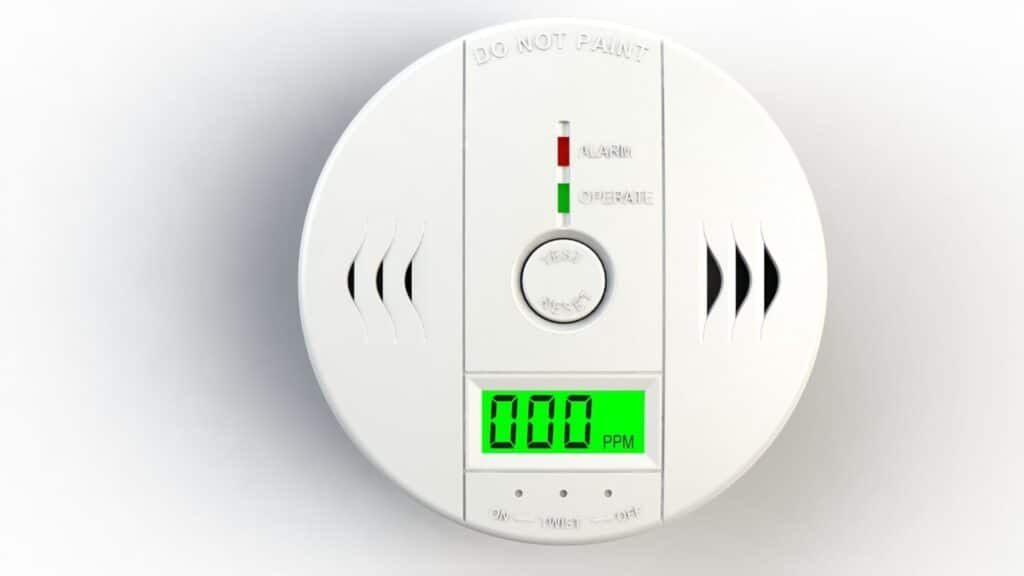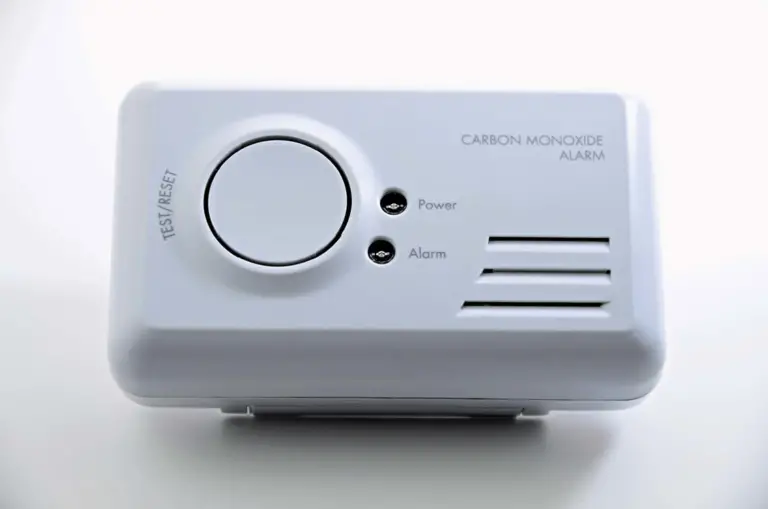Introduction
Where To Install Smoke And Carbon Monoxide Detector: Smoke and carbon monoxide detectors are essential safety devices that every home should have. Smoke and carbon monoxide detectors warn residents of hazardous chemicals.Installing these detectors in the right locations is crucial to ensure their effectiveness in detecting and warning against these hazards.
There are several key areas in a home where smoke and carbon monoxide detectors should be installed to provide maximum protection. These areas include bedrooms, hallways, living rooms, and kitchens. Additionally, it is important to consider the number of detectors needed and their placement within each area.
Lastly, regular maintenance and testing of your smoke and carbon monoxide detectors is crucial to ensure their effectiveness. This includes replacing batteries as needed, cleaning the detectors regularly, and testing them at least once a month. By following these guidelines and placing detectors in the appropriate locations, you can help ensure the safety of your home and loved ones.

Where is the best place to put a smoke and carbon monoxide detector?
When it comes to the safety of your home and family, it is crucial to have smoke and carbon monoxide detectors installed in the right locations. The gadgets detect smoke and carbon monoxide, which can be fatal. But where is the best place to put a smoke and carbon monoxide detector
First and foremost, it is important to have at least one smoke and carbon monoxide detector on every level of your home. This keeps you informed of potential threats wherever they may occur. A detector should also be installed in every bedroom and outside sleeping places. This is crucial since research suggest that smoke and carbon monoxide alarms near bedrooms are more likely to wake individuals up.
Another important consideration is the placement of the detectors themselves. For smoke detectors, it is best to install them on the ceiling or high up on a wall, as smoke rises. This allows the detector to quickly detect any smoke that may be present. Carbon monoxide detectors, on the other hand, should be installed at a height of about 5 feet from the ground. This is because carbon monoxide mixes with air and does not necessarily rise or fall like smoke.
It is also important to avoid placing detectors near sources of potential interference. This includes areas with excessive heat or humidity, such as kitchens or bathrooms, as well as near windows or doors that may cause drafts. These factors can affect the performance of the detectors and lead to false alarms or missed detections.
Can co detectors be mounted on ceiling?
CO detectors can be ceiling-mounted. Experts recommend putting a CO detector on the ceiling for best detection. CO is a colorless, odorless gas that can be deadly if not discovered early. It comes from incomplete combustion of fossil fuels like gas, oil, and coal.Since carbon monoxide is slightly lighter than air, it tends to rise and accumulate near the ceiling.
The ceiling-mounted detector is closer to carbon monoxide gas accumulation. This lets the detector detect even small amounts of carbon monoxide and warn residents.
Putting a CO detector on the ceiling also reduces false alerts. CO detectors monitor airborne CO levels. If a detector is too close to the ground, other gases or chemicals near the floor may cause false alerts. By putting the detector on the ceiling, erroneous triggers are less likely, improving detection accuracy.
CO detectors should be mounted on the ceiling, but manufacturers’ recommendations must be followed.
How is a carbon monoxide detector installed?
Installing a carbon monoxide detector is an essential step in ensuring the safety of your home and family. Carbon monoxide is a colorless and odorless gas that can be extremely dangerous if not detected early. Incomplete combustion of gas, oil, and wood produces it, which can quickly accumulate in enclosed places. Thus, a carbon monoxide detector is essential for detecting this hazardous gas.
Before installing a carbon monoxide detector, it is important to carefully read the manufacturer’s instructions and guidelines. Different models may have specific requirements and recommendations for installation. CO detectors should be installed on every floor of your home, including the basement and near bedrooms. This alerts you to carbon monoxide leakage even while you sleep.
When choosing the location for your carbon monoxide detector, it is important to consider the airflow in your home. Carbon monoxide is lighter than air, so it tends to rise. Therefore, it is recommended to install the detector on a wall about 5 feet above the ground. Avoid placing it near windows, doors, or vents, as these areas may have drafts that can affect the accuracy of the detector.
After installing the carbon monoxide detector, it is important to test it to ensure it is functioning properly. Follow the manufacturer’s instructions for testing, which usually involve pressing a test button on the detector. If the alarm sounds, it means the detector is working correctly. If not, double-check the batteries and consult the manufacturer for troubleshooting steps.
Do carbon monoxide detectors go in every room?
Incomplete combustion of fossil fuels including gas, oil, and coal produces colorless, odorless carbon monoxide (CO). High amounts of it are poisonous and lethal. To protect yourself and your family from this silent murderer, you must install carbon monoxide detectors in your house.
At least one carbon monoxide detector should be installed on every floor of your home, including the basement. Carbon monoxide can accumulate in different parts of your home, so having detectors on each level alerts you to any leaks or buildups.
Each bedroom and sleeping area should have a detector, in addition to every floor. Because carbon monoxide poisoning can happen while you sleep, placing a detector near your bed increases the odds of early discovery and evacuation.
Carbon monoxide detectors should be placed near fuel-burning appliances such furnaces, water heaters, and stoves. Having a detector nearby helps detect carbon monoxide leakage from certain appliances.
various carbon monoxide detector models have various installation requirements, so follow the manufacturer’s instructions. Regular detector maintenance and testing are also necessary for proper operation. You may greatly reduce the risk of carbon monoxide poisoning in your house by following these rules and installing detectors in every room.
Can smoke detectors be placed on walls?
Wall-mounted smoke detectors have positioning and functionality advantages over ceiling-mounted ones.
Setting wall-mounted smoke detectors at eye level makes them more visible and accessible.
Wall-mounted detectors can alert other building detectors when triggered. A networked system informs building residents to flames regardless of location, boosting safety.
Every floor, including the basement and attic, should have smoke and CO detectors. Install fire and CO detectors near bedrooms and sleeping areas to detect fires and leaks early.
Are there any specific guidelines or regulations regarding the placement of smoke and carbon monoxide detectors in commercial buildings?
These rules assure occupant safety and conform with local construction codes.
Bedrooms, hotel rooms, and dormitories should have smoke detectors. Hallways, stairwells, and lobbies should also include smoke detectors. The detectors should be strategically placed to detect smoke or fire early, depending on building size and layout.
Carbon monoxide detectors should be put in boiler rooms, mechanical rooms, and fuel-burning appliance locations. To identify carbon monoxide leaks early, place detectors in sleeping areas.
How many smoke and CO detectors should a typical home have for appropriate coverage?
To protect your house and family, install enough smoke and CO detectors. Your home’s size, layout, and local building requirements and fire safety regulations will determine the number of detectors needed. In general, you should install a smoke detector on each level of your home, including the basement and attic.
In addition to detectors on each level, crucial areas where smoke or carbon monoxide may gather should also have them. Living rooms, bedrooms, and passageways to bedrooms are included. Since most fire deaths occur while people are sleeping, smoke detectors in each bedroom are crucial.
To keep your smoke and CO detectors working, examine and maintain them regularly.
Are there any areas or rooms within a house where it is particularly important to install smoke and carbon monoxide detectors?
Yes, there are certain areas or rooms within a house where it is especially important to install smoke and carbon monoxide detectors. These areas include:
Kitchen: The kitchen is one of the most common areas where fires can start due to cooking accidents. It is crucial to have a smoke detector installed in or near the kitchen to quickly detect any potential fire hazards.
Bedroom smoke and carbon monoxide detectors notify inhabitants instantly to fires or leaks, allowing them time to leave.
Another space to install smoke and CO detectors is the living room.
Do multi-story buildings need any special considerations for smoke and CO detector placement?
Smoke and carbon monoxide detector placement in multi-story buildings depends on various criteria. First, analyze the building’s layout and scale. Smaller buildings may just need a few properly positioned detectors, while larger ones may need more.
Consider smoke or CO sources. In boiler rooms and kitchens, detectors must be near burning appliances. Stairwells and confined locations where smoke or CO may accumulate should have detectors.

Conclusion
Overall, it is crucial to carefully consider where to install smoke and carbon monoxide detectors in order to ensure the safety of your home and family. These devices play a vital role in detecting and alerting you to the presence of potentially life-threatening situations, such as fires and carbon monoxide leaks. By strategically placing these detectors in key areas throughout your home, you can significantly reduce the risk of harm and increase the chances of early detection.
One important consideration when determining the placement of smoke and carbon monoxide beeping is the specific requirements and recommendations provided by manufacturers and regulatory bodies. These guidelines are designed to optimize the effectiveness of the detectors and ensure they are placed in areas where they are most likely to detect smoke or carbon monoxide. It is important to carefully read and follow these instructions to ensure proper installation and functionality of the detectors.
Additionally, smoke and CO detectors should be installed in every bedroom and floor of your home. This protects you and your family throughout the house.Bedrooms are particularly important as people are often asleep and may not be able to detect the presence of smoke or carbon monoxide on their own. By having detectors in these areas, you can rest assured knowing that you will be alerted in case of an emergency.

